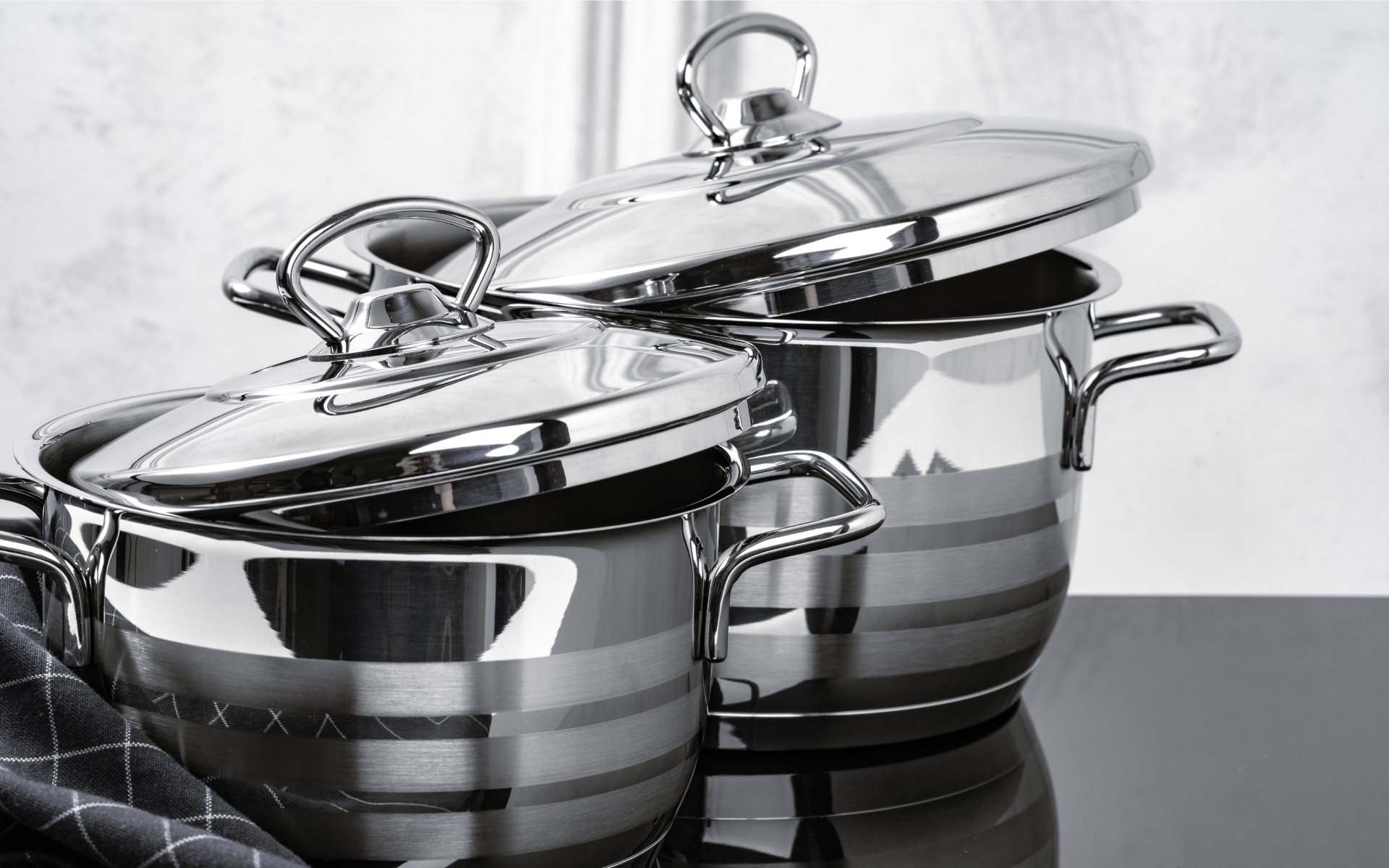Do you know where the heavy metals may be within the home environment?
They are actually pretty common in places we may not consider. Heavy metals bind to parts of your cells that prevent your organs from doing their job so a heavy dose all at once or small doses over long periods are all going to negatively impact health.
Here are some common metal exposures.
Carpets & Rugs: carpet can contain alarmingly high levels of lead, cadmium, mercury, and several other chemicals. Carpets are particularly good at trapping the dirt and toxins brought in on your shoes.
Remove shoes at the front door.
Vacuuming doesn’t necessarily help since it brings particles from deep in the carpet and circulates it into the air in your home. Where possible: opt for wood or tile flooring.
Cookware: a lot of cookware is produced from aluminium as it is light in weight. However, there is a big downsize to cooking with aluminium: If the protective coating gets any scratches on its surface, this will allow aluminium to leach into your food, especially when using acidic foods such tomatoes.
I recommend replacing cookware with good quality ceramic, glass and cast-iron options. Chemicals in a non-stick coating can also attach to the food you eat, adding to your toxin intake.
You can get great glass baking trays from Pyrex on Amazon and if you want to invest in non-toxic cookware that will last you a lifetime.
Aluminium foil when cooking can dramatically increase the amount of aluminium in foods by up to 378 percent!
Drinking water contains microplastics, pesticides to prescription drugs, and heavy metals.
Glazed ceramics: it has been found that glazed surface of mugs leached lead, cadmium, nickel, and cobalt. Is your tea cup glazed? Consider changing it if you drink from a glazed cup every day.
Furniture: furniture is made using protective finishes, dyes, fabrics, and fire retardants containing heavy metals. This includes your sofa, mattress, computer chair, dining room table, and so on. So, every time you come into contact with your furniture, some of the compounds used to make your furniture break down over time, releasing toxins in the air. Where possible, seek out furniture free of flame retardants and choose an organic mattress.
Hygiene & Make up products: as you know, try to use only natural products, as unfortunately most cosmetics, grooming products, toiletries, and skin care are packed with chemical substances – many of which have the potential to be allergens or toxins. Lipsticks often contain concerning levels of lead, cadmium, and aluminium and deodorant is a concern due to its aluminium content.
Some decorative jewellery is also a concern, with testing showing that many types have high levels of the heavy metal cadmium.
What vitamin removes heavy metals?
- Selenium: Selenium is an inhibitor of mercury accumulation and increases excretion of mercury and arsenic.
- Vitamin C: A free-radical scavenger that has been shown to reduce lead levels in humans.
